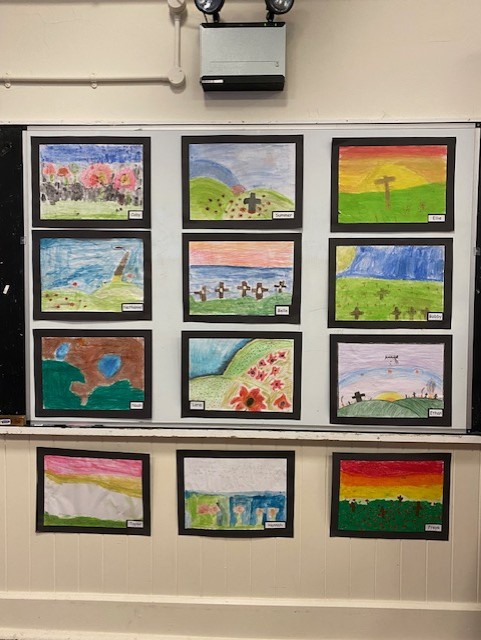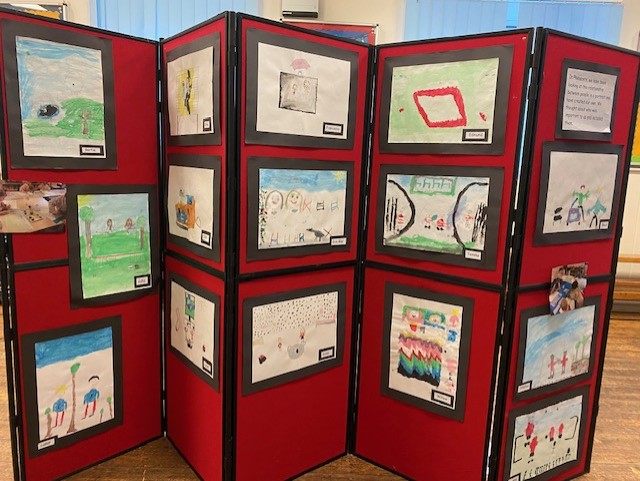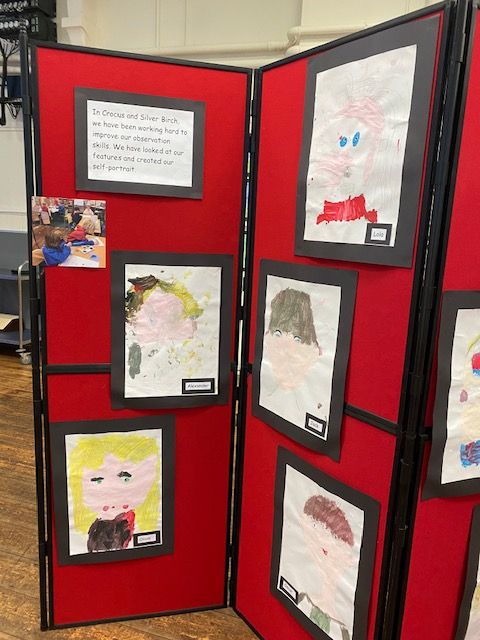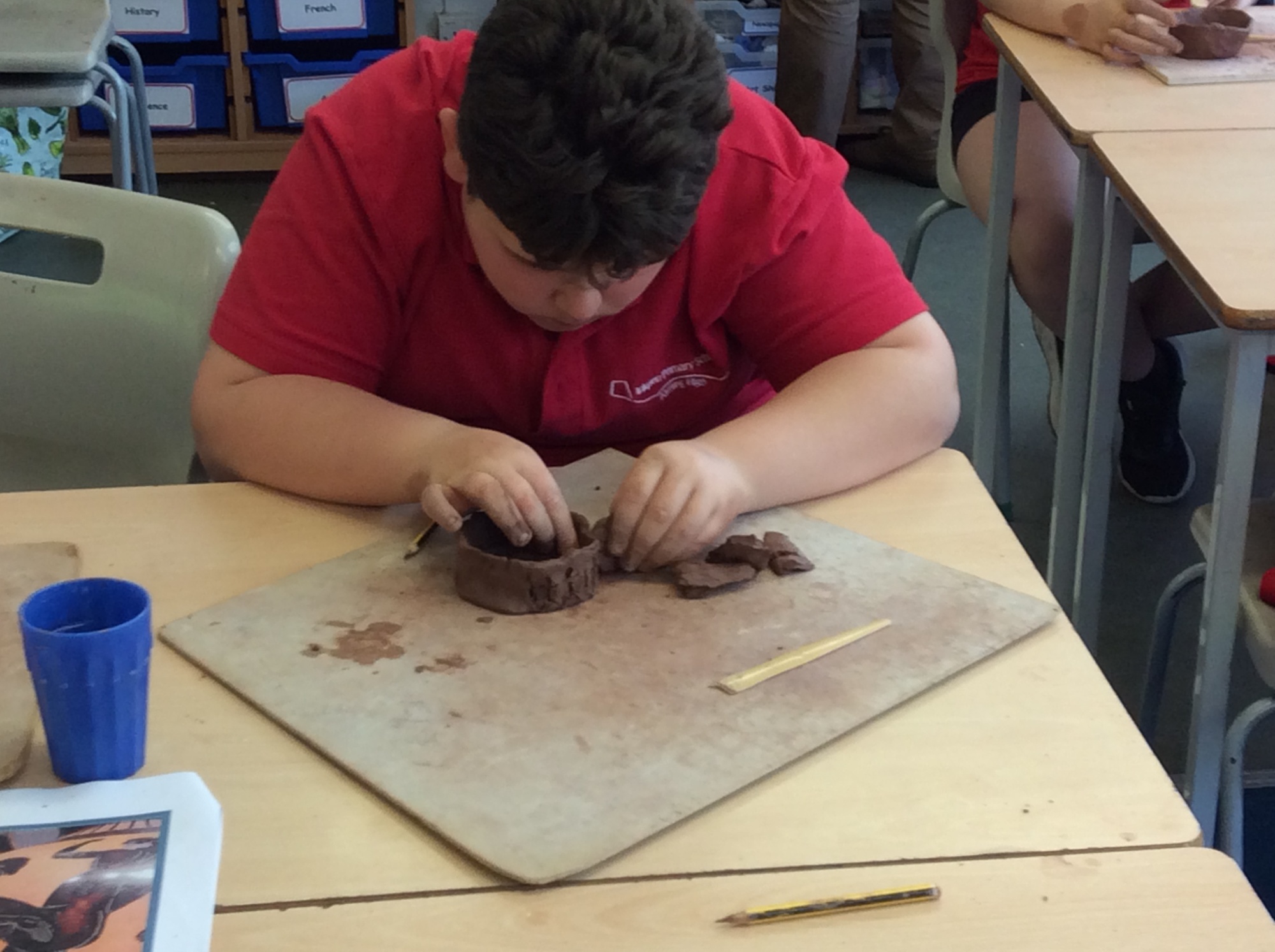Art and Design
The National Curriculum says:
Art, craft and design embody some of the highest forms of creativity; it engages, inspires and challenges children, equipping them with the knowledge and skills to experiment invent and create their own works of art. As children progress, they should be able to think critically and develop more rigorous understanding of art. They should also know how art and design both reflect and shape our history, and contribute to the culture, creativity and wealth of our nature.
Within the teaching of Art & Design, the aim is for all children to:
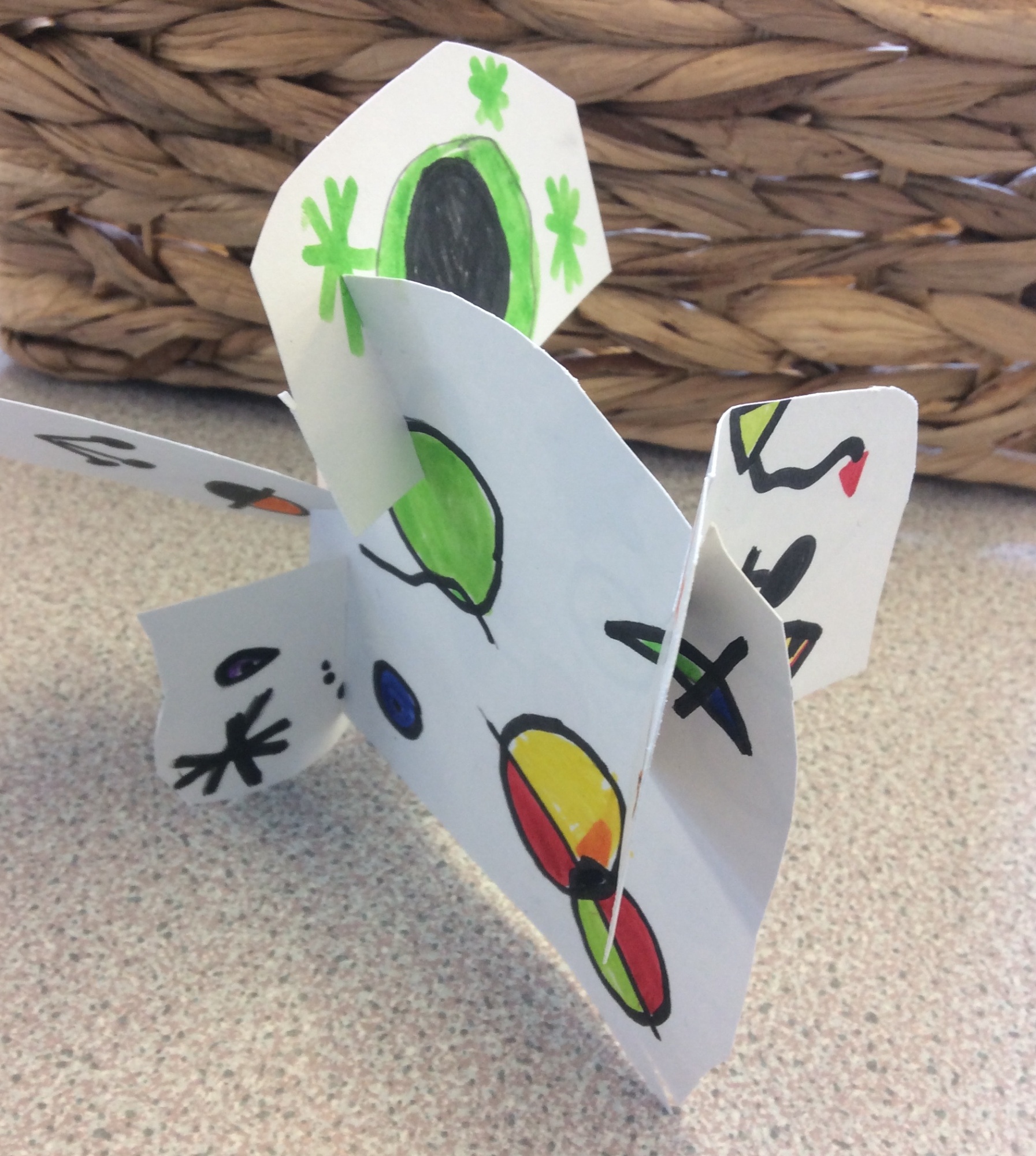 Produce creative work, exploring their ideas and recording their experiences
Produce creative work, exploring their ideas and recording their experiences- Become proficient in drawing, painting, sculpture and art & design techniques
- Evaluate and analyse creative works using the language of art, craft & design
- Develop a knowledge of significant artists, sculptors and designers, increase critical awareness of the roles and purposes of art and design in different times and cultures and analyse works using the language of Art and Design.
In addition, we value art because:
- Children can fuel their imagination, drawing on their own experiences, knowledge, relationships and fantasies
- It provides our children with various routes for self-expression, enhancing their emotional literacy and inner well-being
- We want our children to respect and value the work of their peer, understanding that art is subjective
- We want our children to lead and own their creations, making decisions and forming opinions at all stages, but also be able to work collaboratively with others to create group masterpieces
- It heightens the importance of observation, reflection, processes and sensitivity to detail
- It develops persistence and concentration
- It is fun!
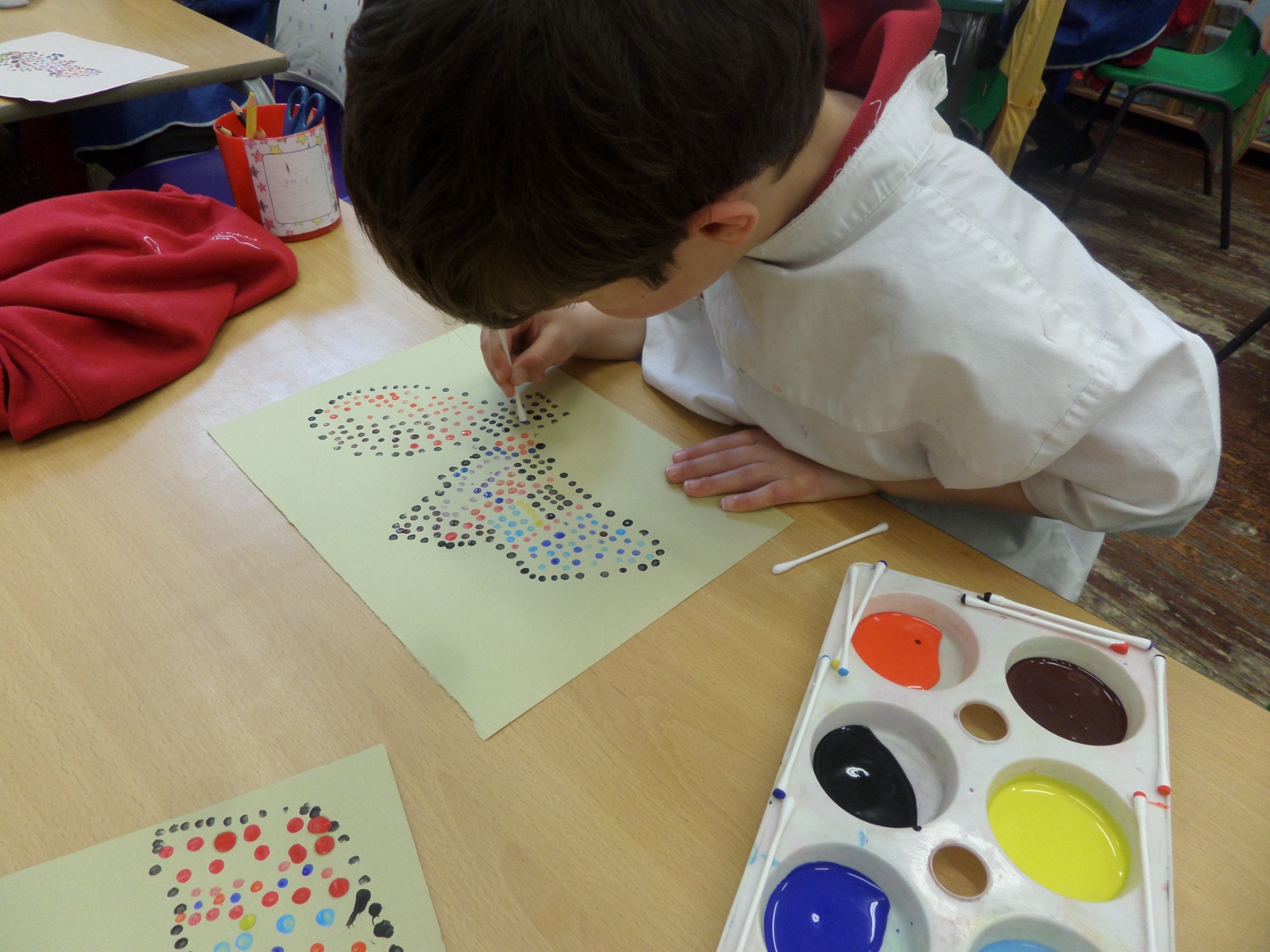
At Inkpen Primary School, we use the KAPOW scheme of work to deliver our Art curriculum. Unit plans are taken from the KAPOW scheme of work but are adapted to suit the needs of the class. Plans will clearly outline:
- Learning objectives with clear progression through the unit
- Key questions or ideas to promote investigation
- Practical opportunities and resources
- IT and/or Cross-curricular links (including writing) wherever possible
To ensure progression within history, teachers use the KAPOW progression document provided to show the skills, topics and keywords to ensure children are progressing appropriately. This tool allows teachers to assess children’s historical abilities and plan future lessons. Assessment data is passed on between classes so the next teaching can begin to develop skills the child has already achieved.
Inkpen Art Gallery
Once each term, parents are invited to come and share our artwork in our Art Gallery. Children enjoy sharing their finished pieces with their families and are always incredibly proud of their hard work.
